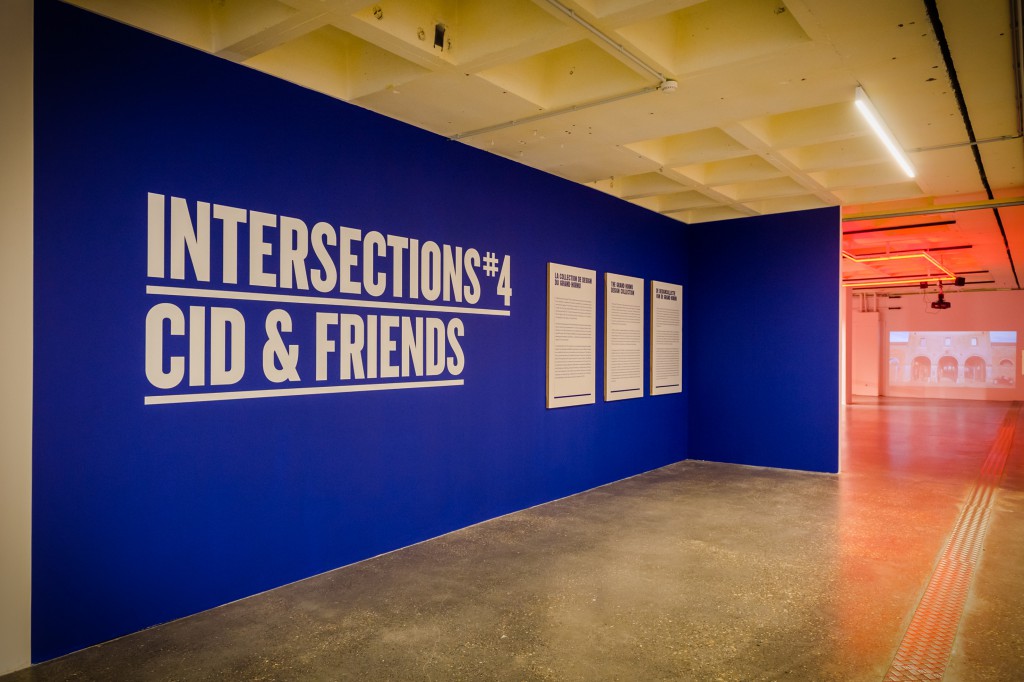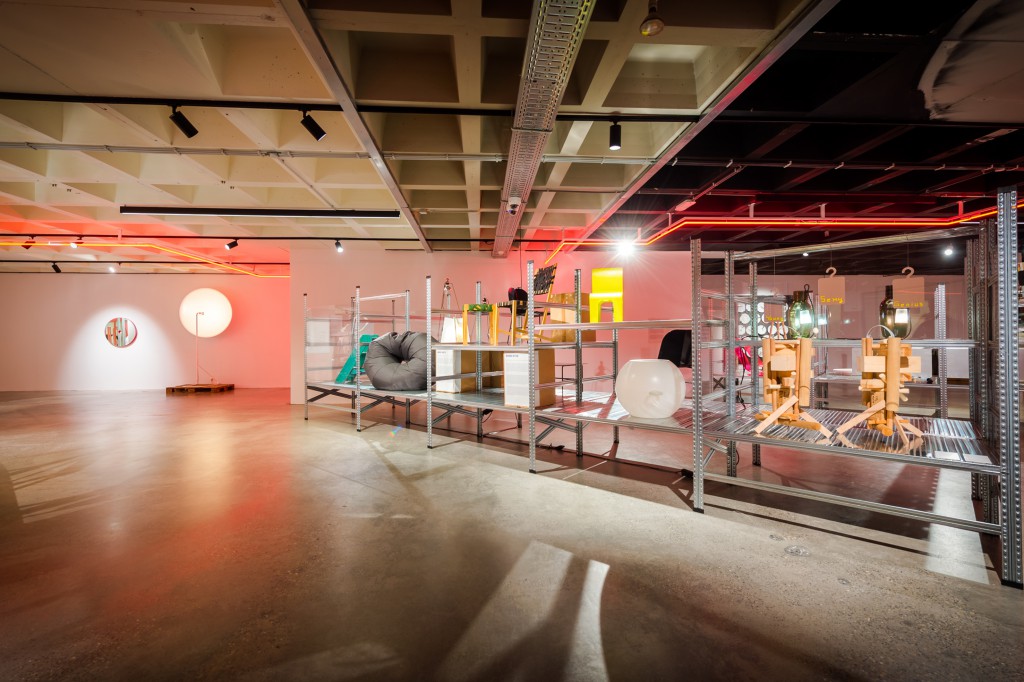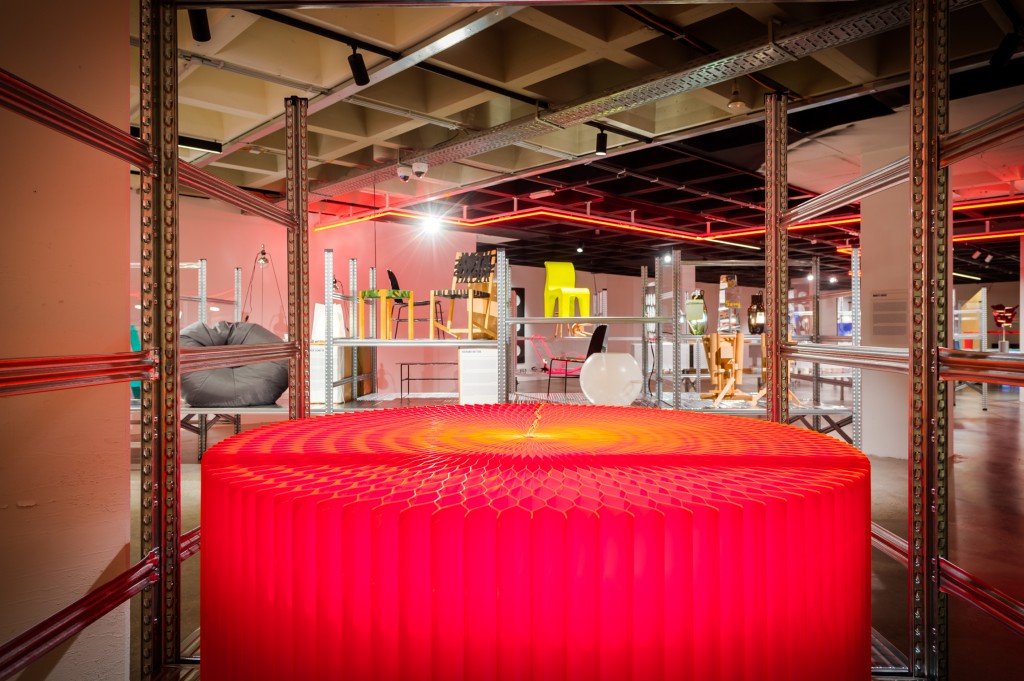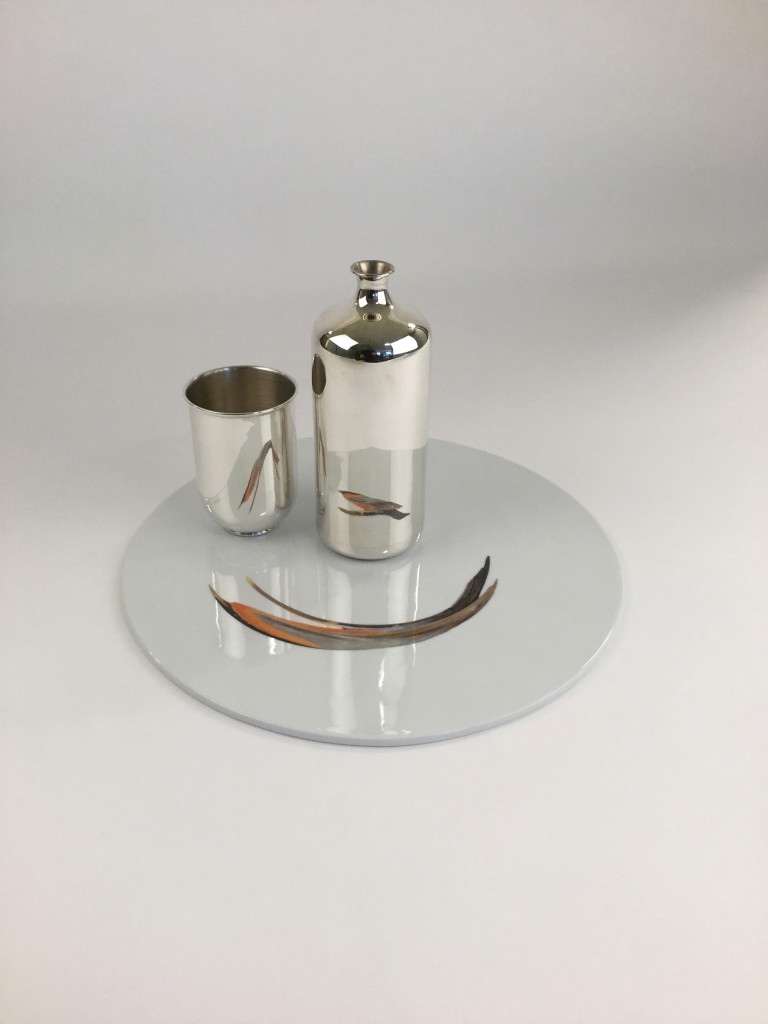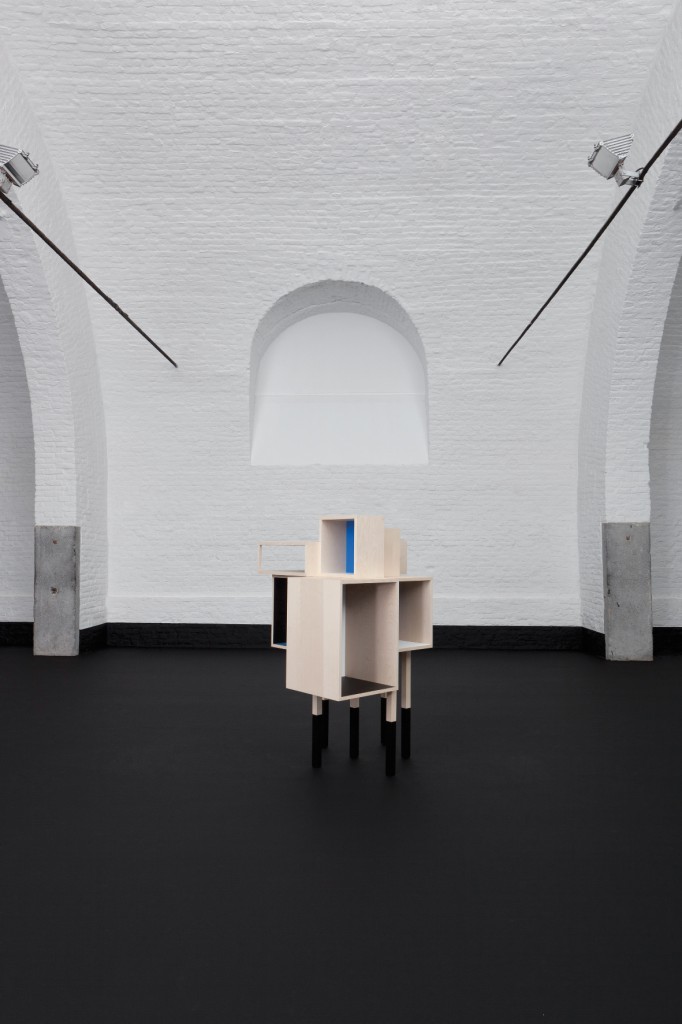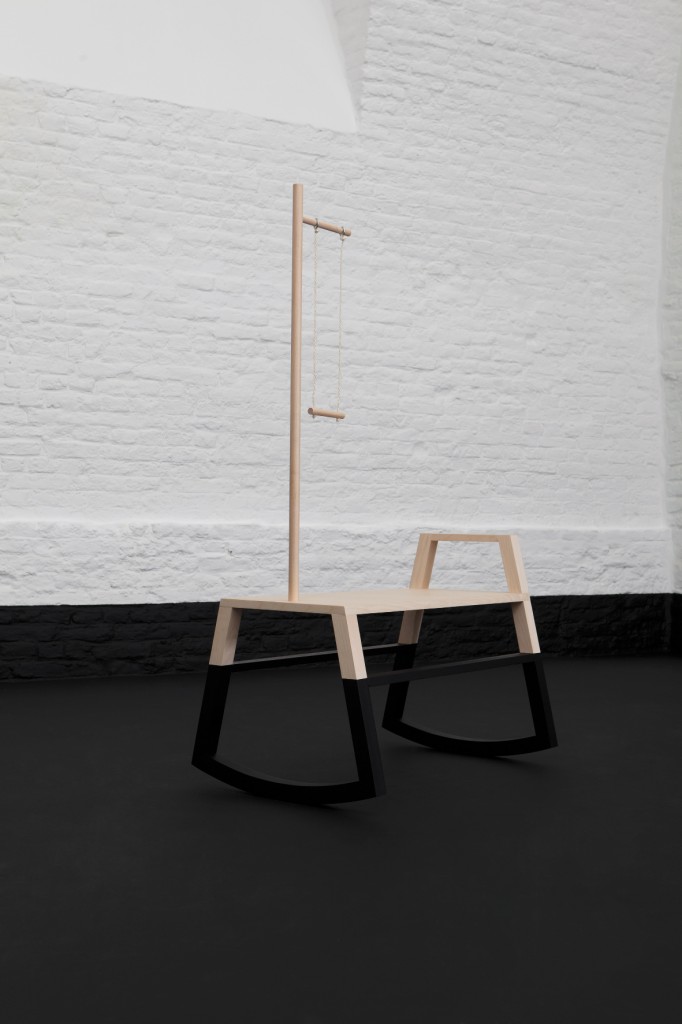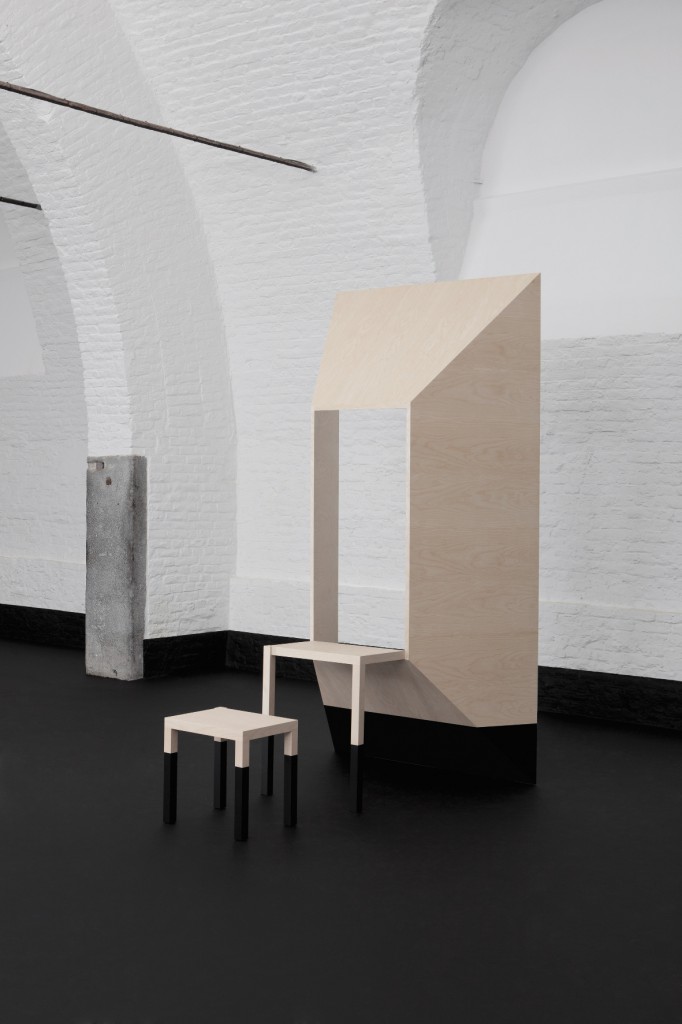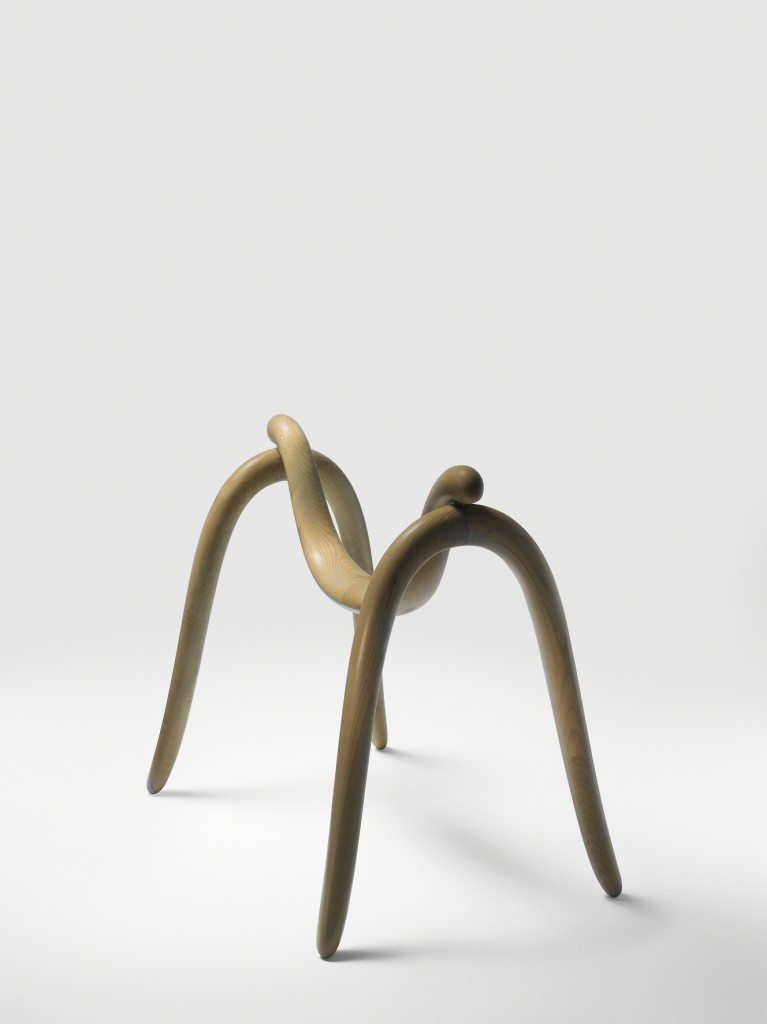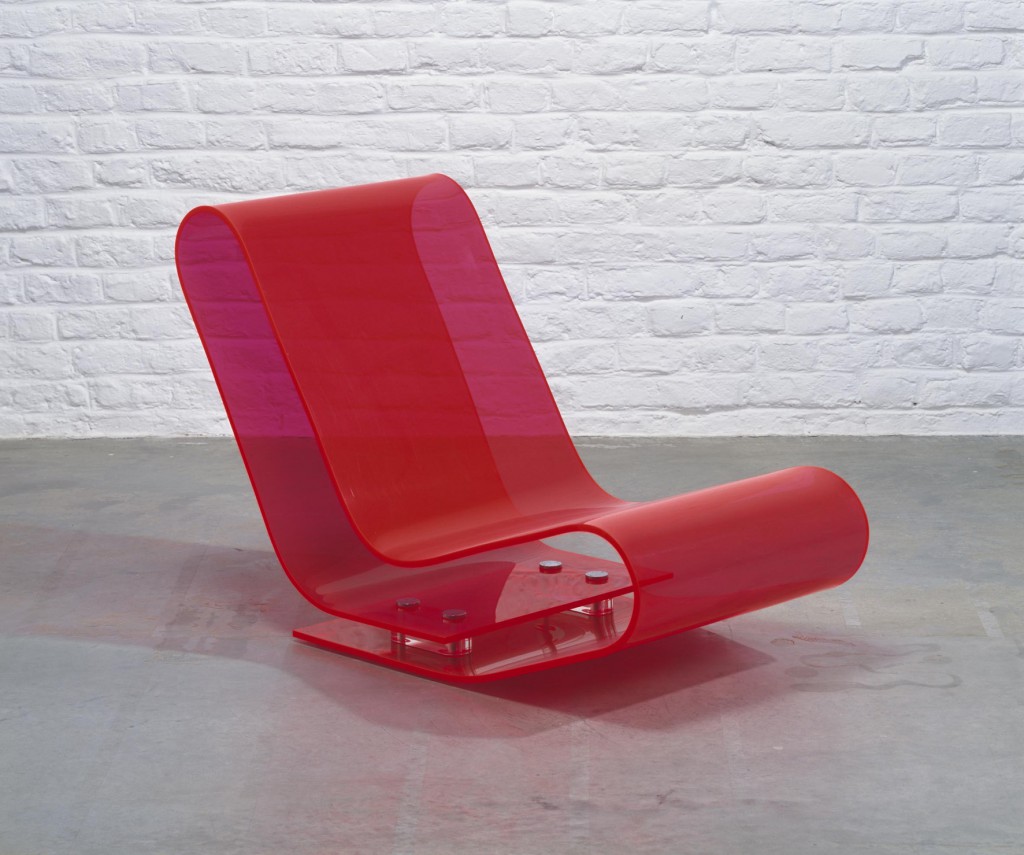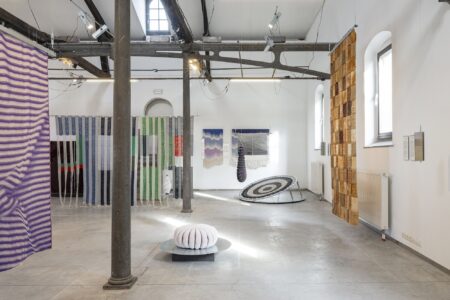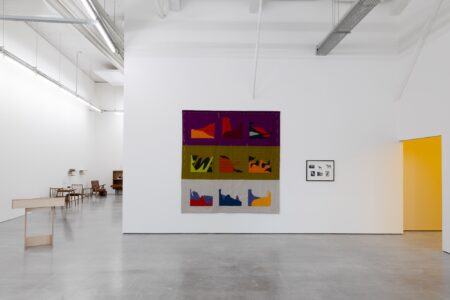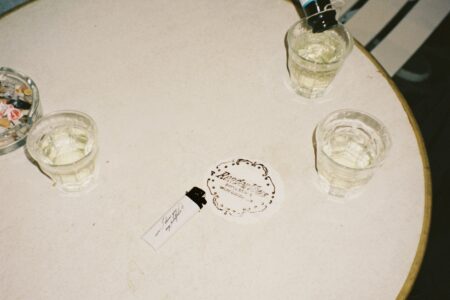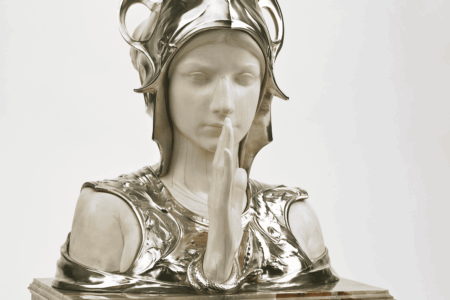Marie Pok on CID & Friends at ADAM
The Art & Design Atomium Museum (ADAM) is pleased to present CID & Friends, the fourth edition of the its biennial design program “Intersections”. The CID is the Centre d’Innovation et de Design at Grand-Hornu and its friends are the designers in its collection, which has grown organically over the last quarter of a century. Today, the CID at Grand-Hornu comprises some 500 objects, including furniture, lighting, ceramics, accessories, installations, and more.
CID & Friends features a selection of 150 objects, on view at the ADAM in Brussels until 5 February, 2017. Just as the collection only took shape in retrospect, curator Marie Pok is excited to take the opportunity to reflect on the CID collection. We had the chance to speak to Pok on the occasion of the exhibition.
TL Magazine: Can you elaborate on the theme of friendship in this exhibition?
Marie Pok: Most of the people who attended the opening said that they were overcome by a feeling of fondness. We are close to the designers who made the exhibition pieces. They all have very strong ties to the Grand-Hornu. Most of the designers who have shown their work at the Grand-Hornu were just starting out at the time. For some of them, this was a decisive step in their career, as Martin Szekely mentions in his exhibition dedication. These relationships develop through shows, an intense, engrossing collaborative process, and through a mutual interest in following the other’s projects over time. When we buy pieces from designers whose work we show, our goal at the Grand-Hornu is to offer them financial support, to document and preserve their work and sometimes, to commission exclusive pieces for a show. The designers then contribute a note, a dedication or a drawing to the show. The walls of the Grand-Hornu are alive with the traces of these different artists. We took those memories and translated them into a very unpretentious, relaxed exhibition. It’s “a walk among friends” where the emphasis is on people and a lot of space is set aside for biographies.
TLMag: Can you address the geographic specificity of Belgium within the international design scene, i.e. how national identity informs your collection activities?
MP: Belgian design is not limited to Belgian designers. You have to think about the entire industry and all of the schools, think tanks and associations that make up the Belgian design scene. Personally, I don’t believe in the idea of a Belgian style. That makes no sense in a country that is as culturally blended and deeply involved in all of contemporary design as Belgium. Perhaps the Belgian character is steeped in surrealism. Yet it can also be highly pragmatic and concerned with common sense and knowledge. We don’t set out to collect Belgian design pieces. Since our programming almost always determines our purchases, the purchases reflect the exhibitions that have taken place at the Grand-Hornu. Whichever designers we may select, we focus on exemplary practices, contemporary themes and questions regarding the future. That said, the Belgian design scene is so nearby and so familiar to us that our selection naturally leans that way.
TLMag: More broadly speaking, what is the purpose or goal of a design collection today?
MP: Collections should be a reflection of society and its techniques, fears, challenges, joys and illusions. We are fortunate enough to be living through a period of major upheaval. The younger generation, with its awareness of the trashing of the planet and the overconsumption of finite resources, is much more interested in looking for new, more responsible tools and methods than in producing the umpteenth chair. These are the kinds of projects that I hope will remain from our time. Today’s design is tomorrow’s archaeology.
